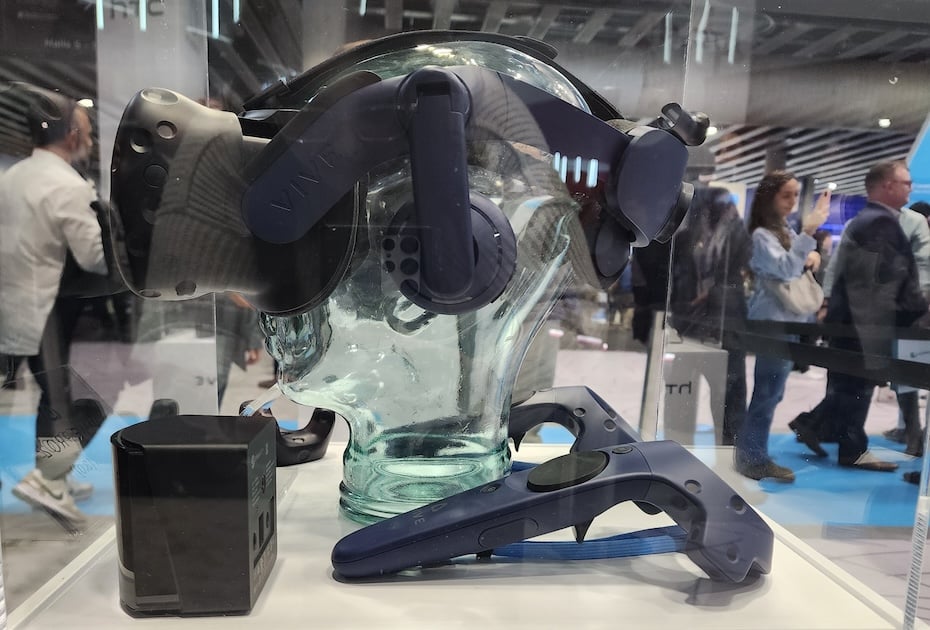
Image credit: Gulf Business
This year’s Mobile World Congress (MWC) in Barcelona, Spain, delivered a whole range of weird and wonderful tech. We were on site to check out the concepts and offerings first-hand.
What drew our eyeballs? A new phone and a car from Xiaomi, a flying car concept from California, Samsung’s smart ring, Lenovo stunned with a phone that you could wrap around your wrist and a laptop screen that you can see through, and Oppo’s smart glasses versus HTC’s wearable headset.
Here’s what we thought about them:
Lenovo’s transparent laptop at MWC 2024
The title of the weirdest, in our books, goes to Lenovo’s laptop that featured a crystal, transparent screen.
Aptly titled, Project Crystal, Lenovo calls it the world’s first laptop featuring a transparent microLED display. Unlike conventional laptops, Project Crystal boasts a transparent microLED panel, offering a glimpse into the future of display technology.
While currently not slated for retail production, the device serves as a prototype commissioned by Lenovo’s ThinkPad division to investigate the potential of transparent microLED panels and AI integration.

The primary use case envisioned for Project Crystal is information sharing in various settings such as doctor’s offices or hotel desks. With the ability to reverse the display via software, users can effortlessly share content with individuals on the other side of the screen without the need to physically flip it.
The flying car
The second concept that takes the weird prize is the promise of a flying car. Alef Aeronautics from California, displayed its Model A’s miniature prototype at the MWC in Barcelona. Resembling an actual car with a mesh shell protecting rotors on the inside that allow air to flow through the vehicle, Alef said it already has pre-orders for close to 3,000 of these.
The vehicle desined as a two-seater, will fit into a regular driving lane, parking space, and garage. It will have dual abilities – to drive on the road, and when needed, take off in the air vertically, with the driver and cabin being stabilised by a gimbaled rotating design.
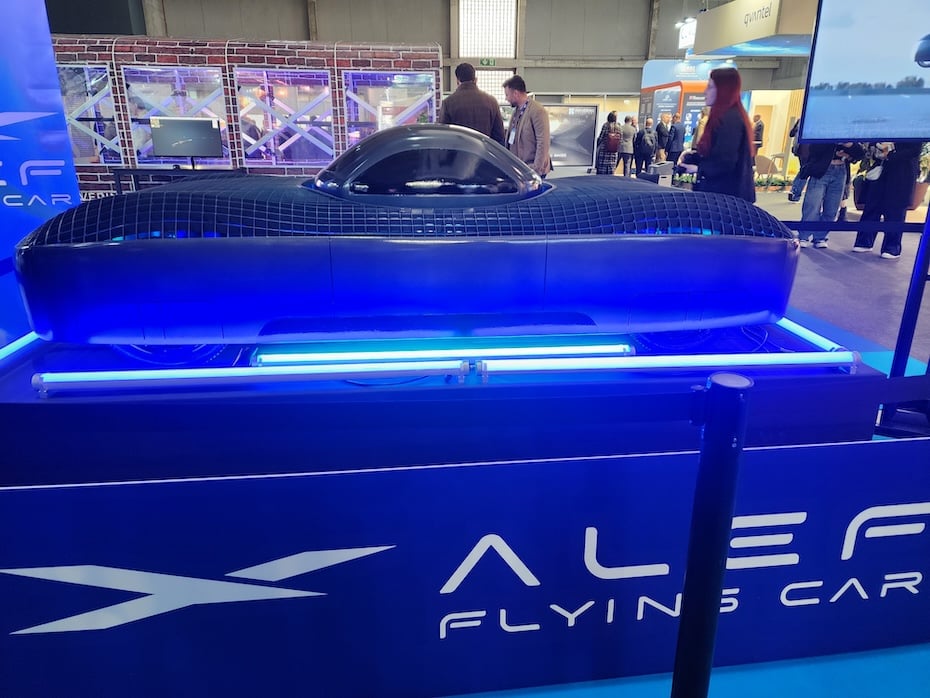
The driver should be able to fly in any direction, with the aim being to ‘bypass the problematic areas on the ground, by flying over them.’ The vehicle is currently priced at $300,000.
Samsung’s ring
The Korean tech giant’s latest wearable offering called Galaxy Ring straddles the line between the weird and the wonderful. Here’s why.
It looks pretty – available in three metal tones – gold, silver, and black. However, having a gadget that tiny that straddles the line between an accessory and a wearable made the author uncomfortable.
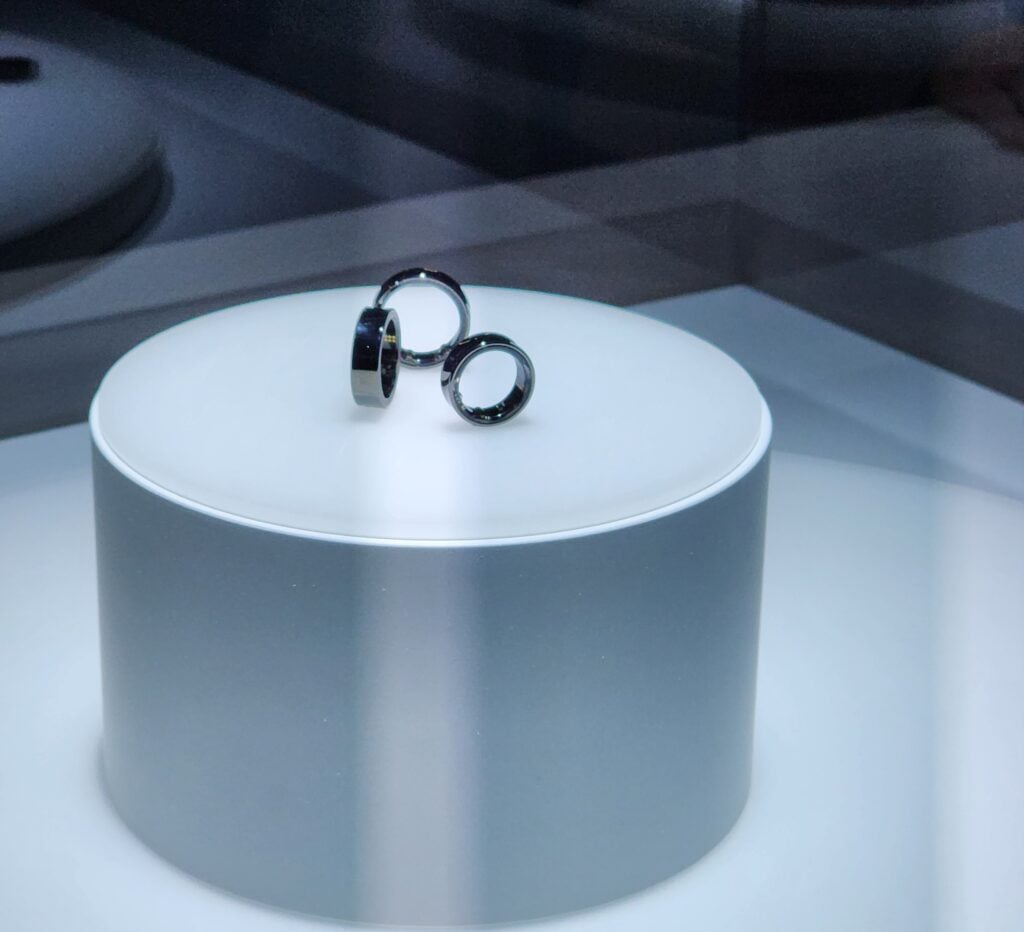
The ring’s primary focus would be on tracking health metrics such as tracking your sleep health, activity, resting heart rate, and heart rate variability. Additionally, the ring will be topped up with a skin temperature and fertility tracking. TMI anyone?
Motorola’s foldable no bendable phone
Move over foldables, the Motorola’s bendable phone is here. The Adaptive Display concept, showcasing a shape-shifting Android phone that can be bent to various degrees.
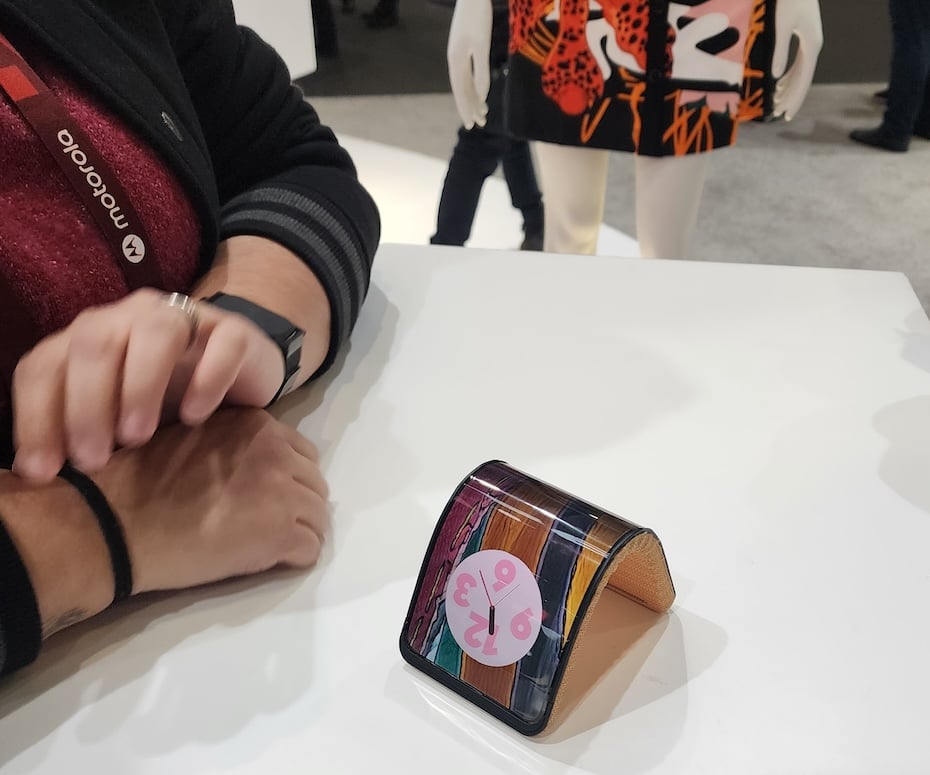
The 6.9-inch device can be flexed into a C-shape, allowing users to wear and operate it like a smartwatch. Additionally, Motorola suggests pairing this wrist-worn mode with new AI features that create customised phone wallpapers to match users’ outfits.
The phone’s flexibility ‘pun intended’ is another milestone in how far phones have come.
Xiaomi’s phone and a car
While first revealed in 2023, Xiaomi’s car still drew crowds at the Fira Barcelona Gran Via as everyone wanted to have a look at a vehicle developed by a tech company. Positioned as a “full-size high-performance eco-technology sedan,” Xiaomi SU7 aims to push the limits of performance, ecosystem, and mobile smart space.

Additionally, Xiaomi unveiled two of its flagship smartphones for a global audience, excluding the US market as per usual. The Xiaomi 14 and 14 Ultra, previously announced in China, are now in the limelight with refined designs and camera-centric feature sets.
The Xiaomi 14 boasts a smaller 6.36-inch screen, now equipped with an LTPO 120Hz panel for smoother scrolling and enhanced power efficiency. Its camera specifications are more modest compared to the 14 Ultra, which flaunts a larger 6.73-inch, 120Hz 1440p panel and a 1-inch-type main camera. It’s a choice between going big or opting for the ultimate experience.
Oppo’s glasses
OPPO unveiled a prototype for its new generation of assisted reality glasses, OPPO Air Glass 3, at MWC 2024. OPPO Air Glass 3 can access OPPO’s AndesGPT model via a smartphone, providing a new burdenless AI experience.
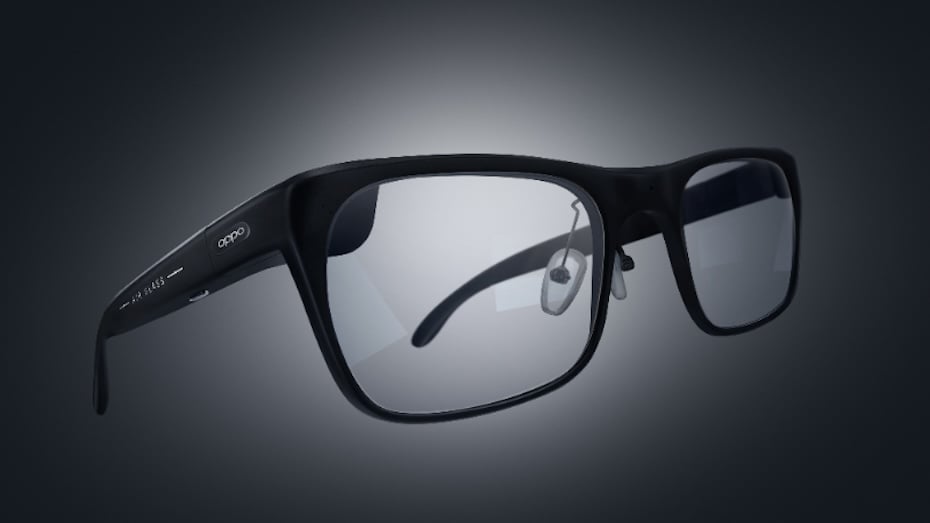
Weighing just 50 grams, the OPPO Air Glass 3 features a self-developed resin waveguide with a refractive index of 1.70, a display brightness uniformity of more than 50 per cent, and a peak eye brightness of more than 1,000 nits.




